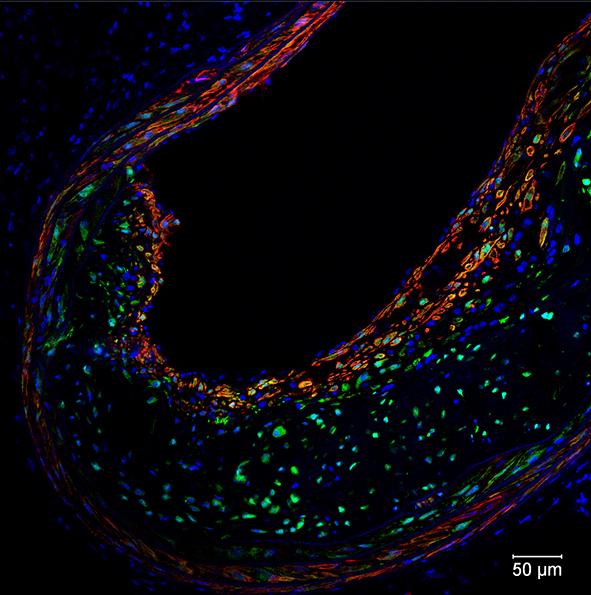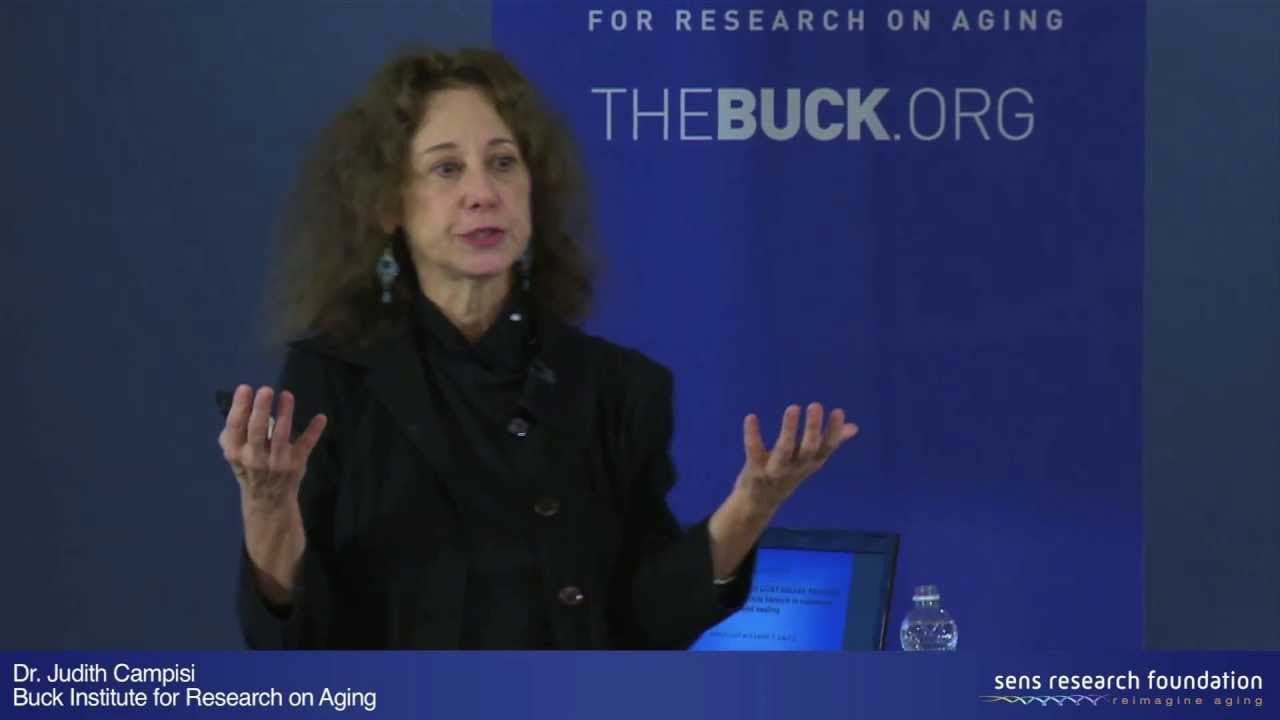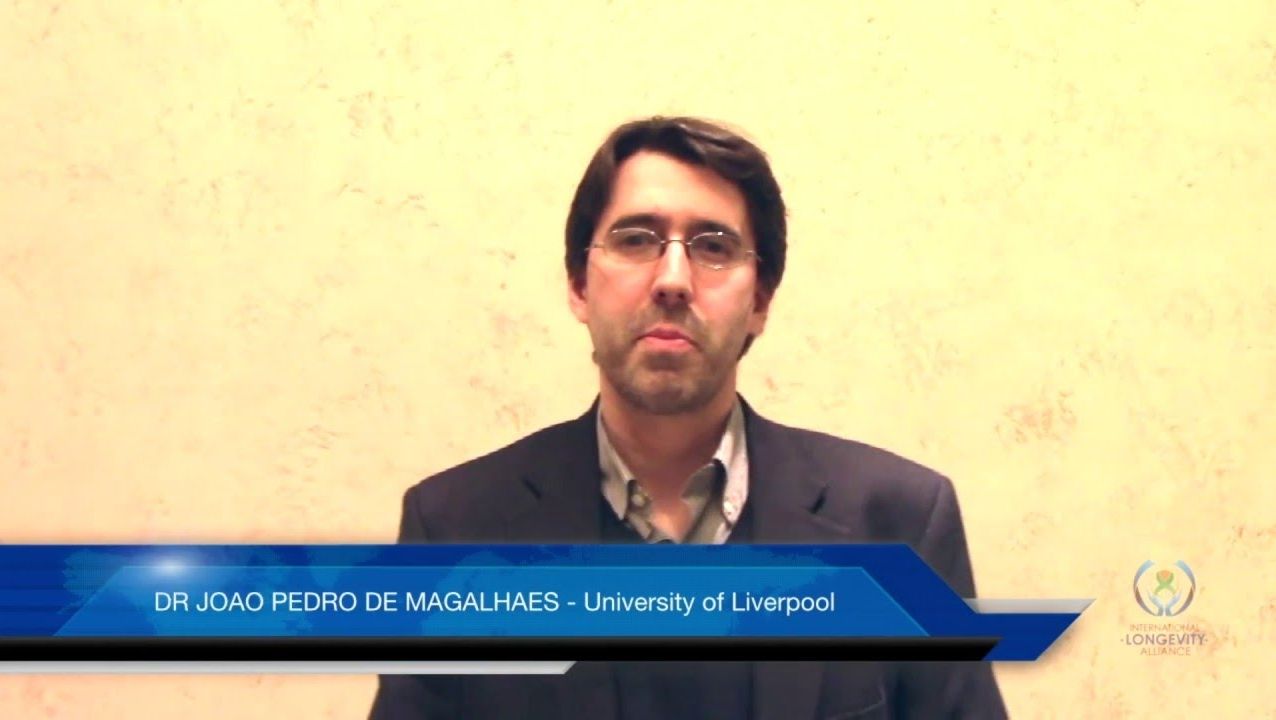I’m excited to see I’m the fourth most searched 3rd party presidential candidate. Thanks for your support of a science, longevity, and technology platform as an alternative to the establishment. If this continues a nonreligious transhumanist could end up #4 or #5 in the final elections, and even get enough votes (maybe a million or more) to push the US election one way or the other if it’s close.
So much about the 2016 presidential election is unprecedented. But perhaps nothing is more unusual than the electorate’s level of dissatisfaction with both major parties’ likely nominees.
An NBC News-SurveyMonkey poll released earlier this week found that, while Democratic front-runner Hillary Clinton maintains her lead in a head-to-head match-up with presumptive Republican nominee Donald Trump, neither candidate is popular with the public at large.
Approximately 60 percent of respondents told pollsters that they either “disliked” or “hated” Clinton, while 63 percent felt the same way about Trump.
Pollster Laura Wronski noted that 23 percent of respondents said they disliked or hated both Trump and Clinton.









